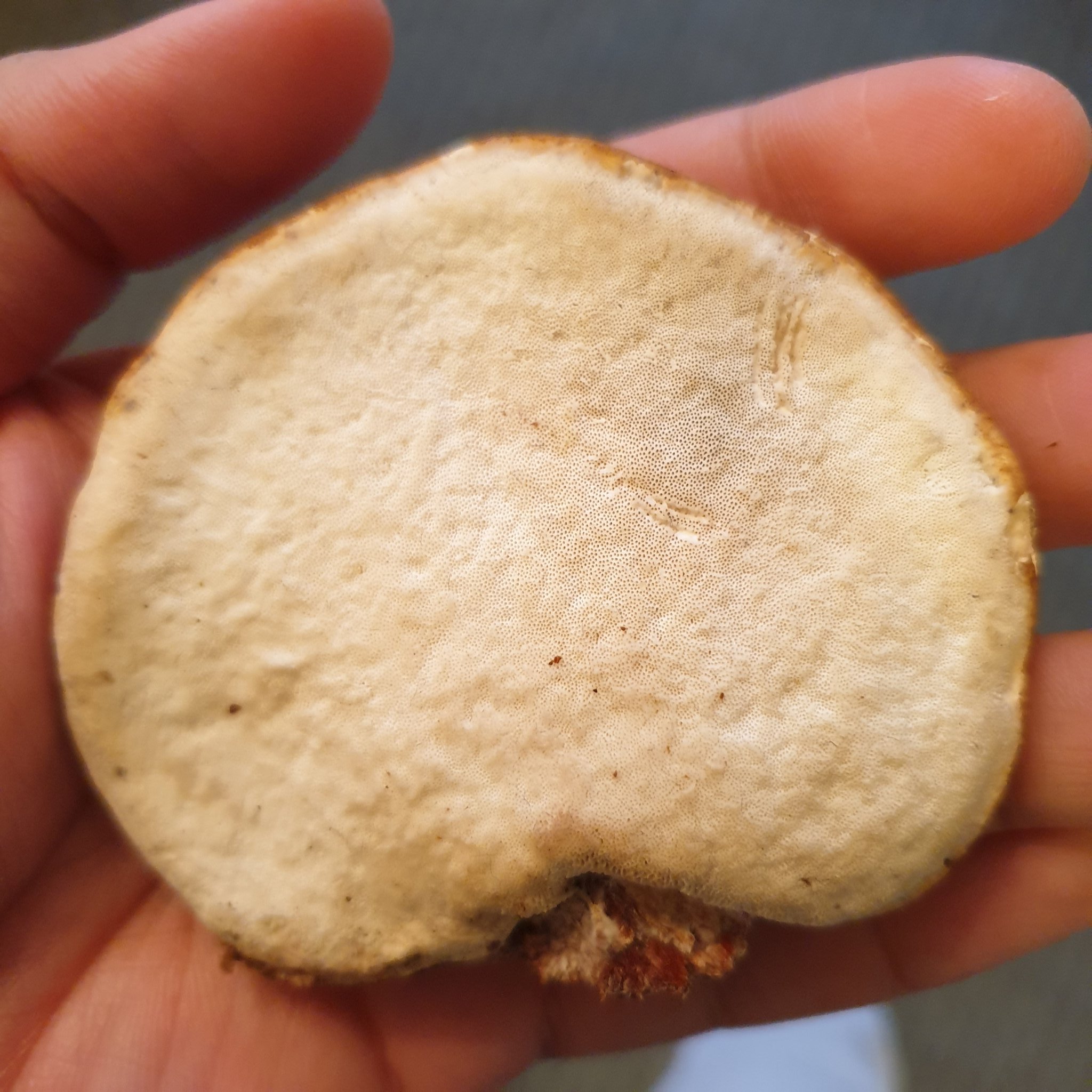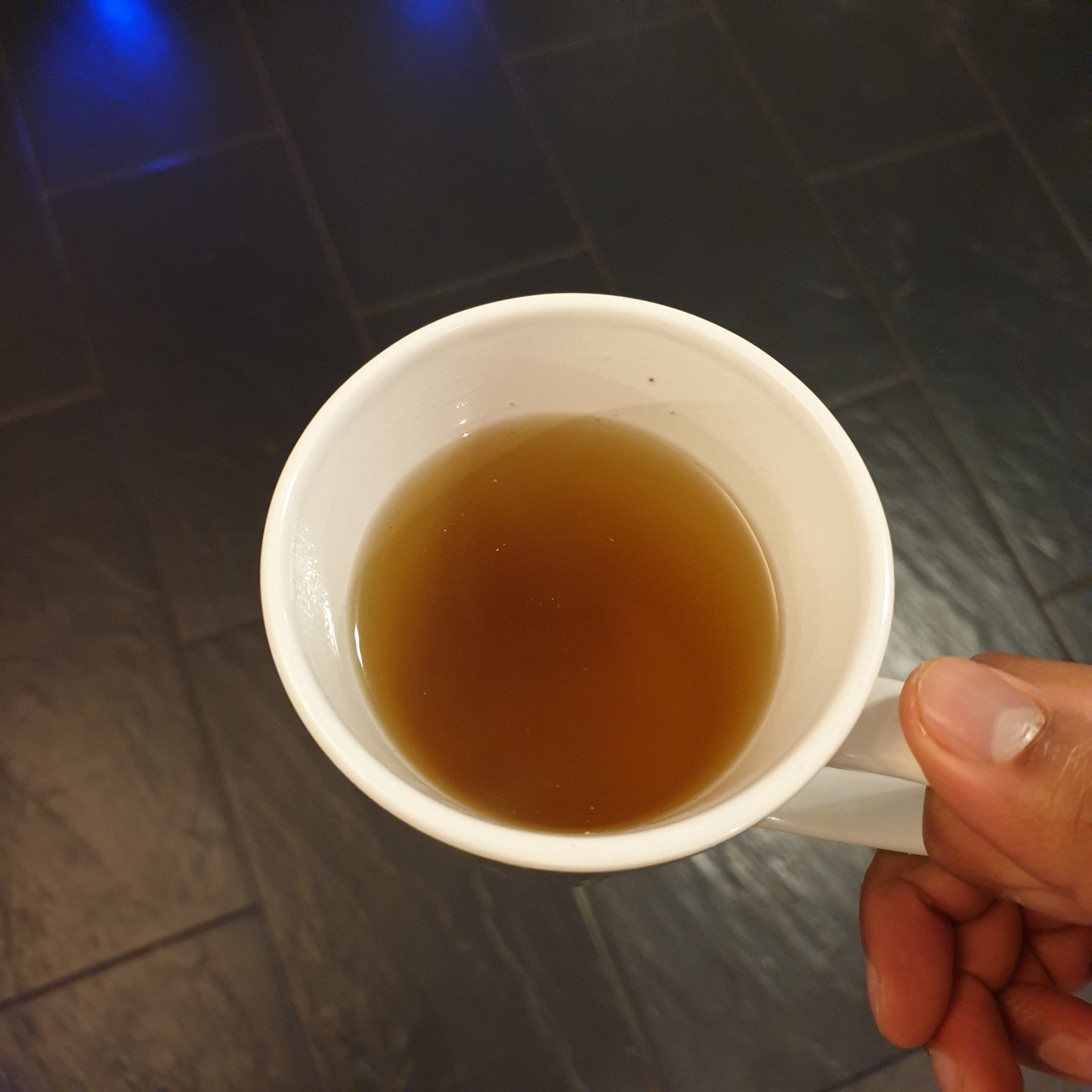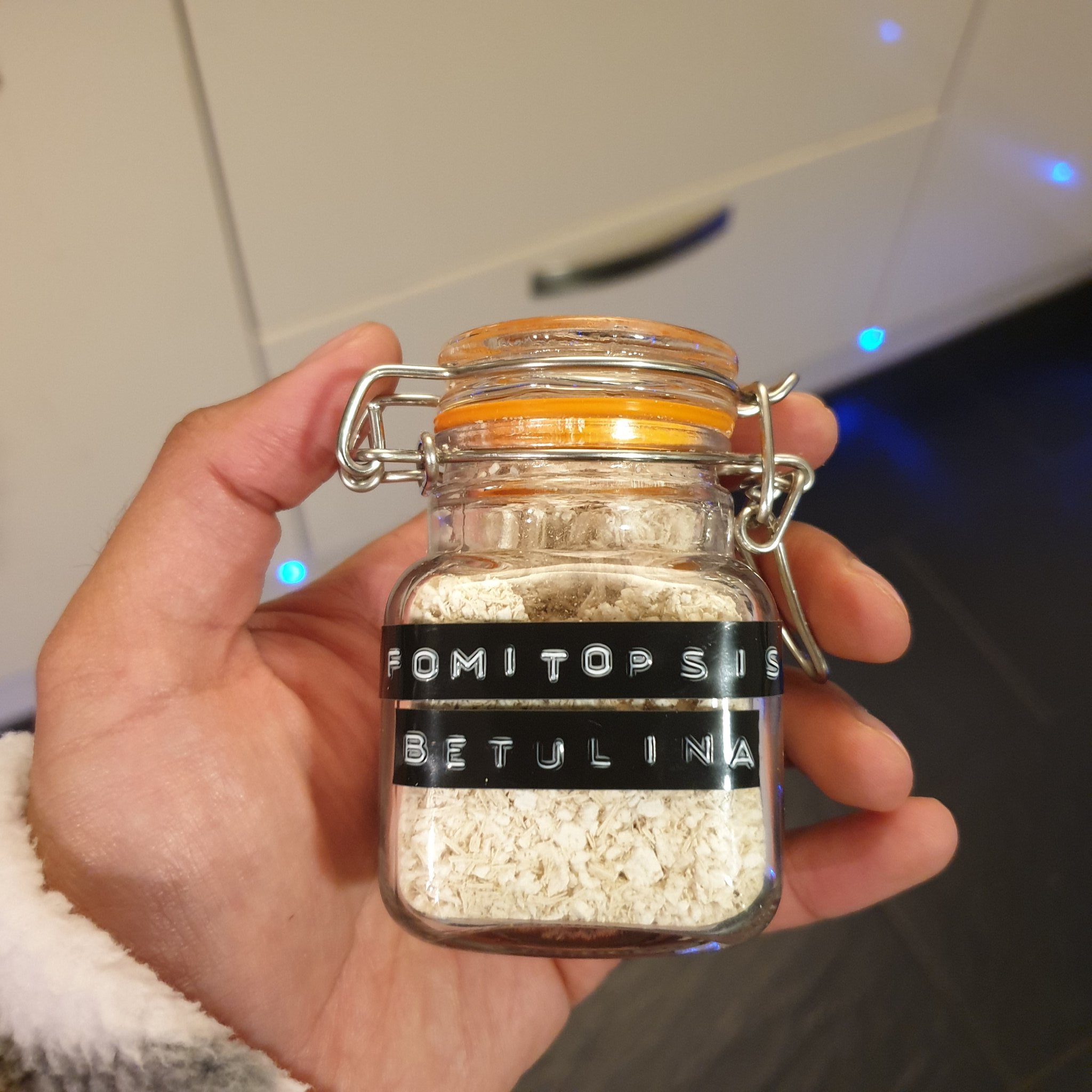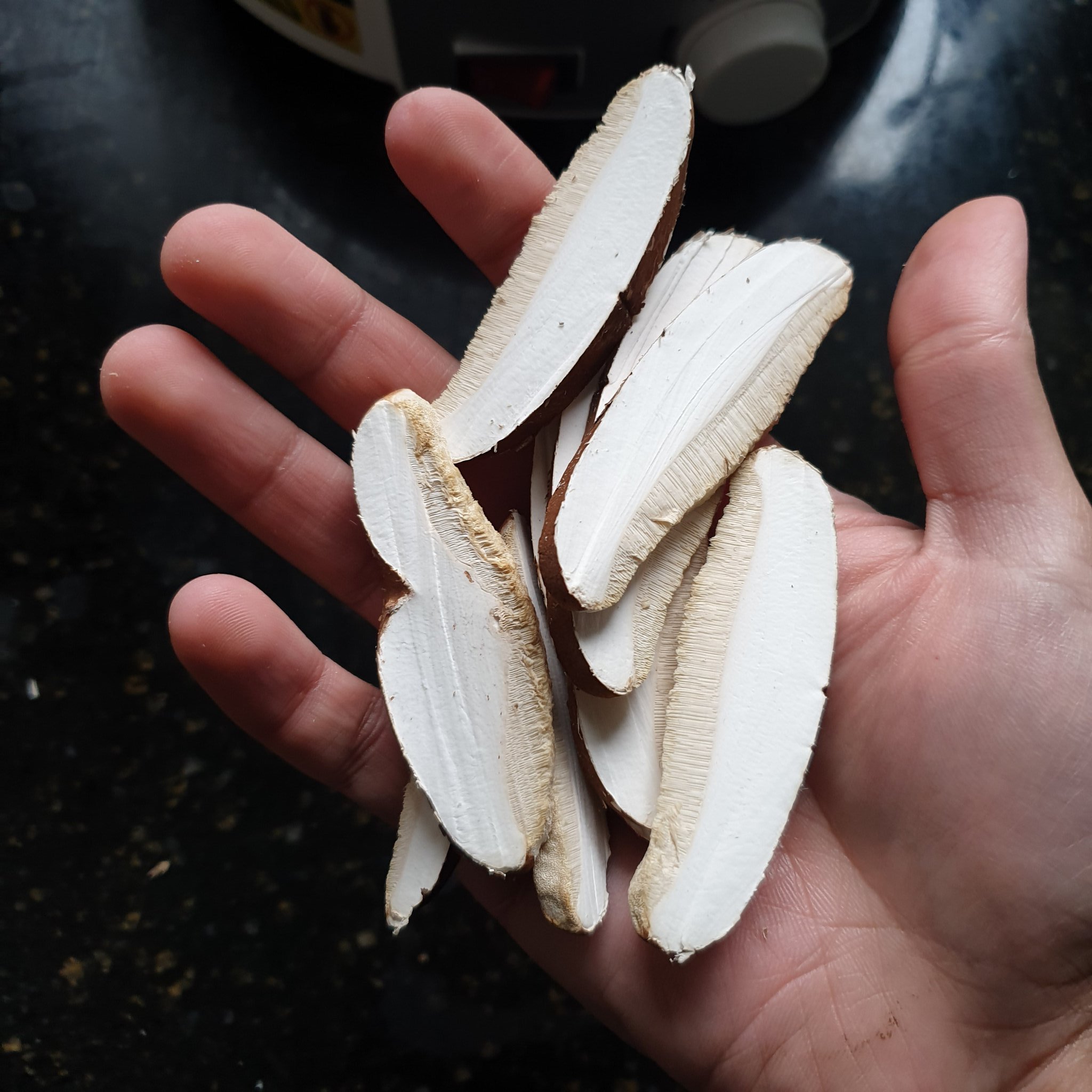The Iceman’s polypore fungus
Pliny the Elder (23-79 CE) was a Roman military commander who is credited with seven books, but only one, Naturalis Historia (“Natural History”), remains complete. Naturalis Historia contains a combination of material gathered into a kind of encyclopedia with observations made on his travels. Much of what we know about Roman farming and gardening comes from here. Pliny the Elder was unimpressed with Greek doctors, whom he felt overcharged and engaged in immoral conduct and instead believed in traditional Roman herbal medicine. (From ‘Witch’s Garden by Sandra Lawrence’)
Like Pliny the Elder and a great many observers, experimentalists and botanists who once graced the Earth, I will also be documenting and collecting various forms of herbal medicine, and exploring botany. And you know how I feel about a lot of ‘modern’ medicine! I will be regularly adding to this growing list on my Patreon page.
Let’s start our journey with the delightful Birch Polypore.
Fomitopsis betulina - also known as Birch Polypore, the Iceman’s polypore fungus, birch bracket and razor strop
On the 19th of September 1991, the naturally mummified body of the Iceman, also referred to as “Ötzi”, was discovered in the Ötztal Alps at an altitude of 3210m. The glacier mummy lived around 3300 BCE and was thought to be 40–50 years old when he died in the high alpine area. His cause of death? Bleeding after having his left subclavian artery lacerated by an arrowhead.
Ötzi was thought to have worn clothing made out of different furs and leather, including a cap, leggings, a loincloth, shoes and a coat. His clothing material was made from both wild and domestic animals, including cattle sheep, goat, brown bear and roe deer. Analysis of his stomach content revealed a diet rich in fat, wild animal meat from ibex and red deer and cereals. And most interestingly on him he carried two fragments of a fruiting body of Fomitopsis betulina.
It is believed that Ӧtzi might have used the fungus for medicinal–spiritual purposes as well as a strop for finishing razor edges. This polypore is well-known in the field of folk medicine and was used for various medicinal purposes before the rise of modern medicine.
In Russia, fruit bodies were administered as tea for their anti-fatiguing, soothing, and immune-enhancing properties.
In Siberia, the Baltic area, and Finland, birch polypore tea was used for the treatment of various types of cancer. Only young, sterile fruit bodies (without developed hymenial layers) were thought to be effective and it was claimed that these develop on birch trees only under certain environmental conditions, particularly when the trees grow on low ground.
In Poland, birch polypore extracts were given orally to female dogs with tumours of the vagina which were observed to completely disappear after five weeks.
In Austria, a powder produced from Piptoporus betulinus fruit bodies was used as snuff, and in Northern America and Siberia, the snuff prepared from the ash of Fomitopsis betulina was used as a pain reliever.
Modern medicine is catching up, Fomitopsis betulina has now been shown to have a whole host of pro-health properties (I have listed these and the active compounds thought to help)
Bacteriacidal
Polyporenic acid, Polyporenic acid A, Piptamine, 3β-acetoxy-16α hydroxyl-24-oxo-5α- lanosta-8-ene-21-oic acid.
Fungicidial
Piptamine
Larvicidal
Piptamine
Antiviral
Polyporenic acid, nucleic acids, RNA
Anti-inflammatory (
Polyporenic acid C; (3α,12α,25 S)-12-hydroxy-3-(3-methoxy-1,3-dioxopropoxy)-24-methylenelanost-8-en-26-oic acid; (3α,12α,25 S)-3-(acetyloxy)-12-hydroxy-24- methylene-lanost-8-en26-oic acid, Carboxymethylated α-(1,3)-Dglucans
Antioxidant
α-, β-, γ-, δ-tocopherols; ascorbic acid; β-carotene; lycopene
Immunomodulation
None specifically mentioned
Anti-cancer (Decreases in tumour cell adhesion, Apoptosis induction, cell death induction, decrease in cancer viability, inhibition of various MMPs, inhibition of cancer cell proliferation, inhibition of DNA synthesis and cancer cell growth, tumour sixe reduction and inhibition of metastases)
Carboxymethylated α-(1,3)-Dglucans; (E)-2-(4-hydroxy-3-methyl-2-butenyl)- hydroquinone; polyporenic acid C; Pentacyclic triterpenes
Neuroprotection (Protection of neurons against damage induced by cisplatine, trophic stress and excitotoxicity)
Pentacyclic triterpenes
A description.
Fomitopsis betulina is found growing on decaying birch wood and “is characterized by annual, sessile to effused-reflexed, tough to woody hard basidiocarps, white to tan or pinkish-colored pore surface with mostly small and regular pores. Fruiting bodies grow singly or in small groups, are covered with a laccate, glabrous crust, never zonate (having zones), young cream to white, later ochraceous-brown to greyish brown (Fig.1a). The mycelium of F. betulina developing on agar media is white, relatively homogeneous, downy-felt, with regular colony edges (Fig. 1b). The hyphae develop radially. The hyphal system is mostly dimitic (having two thermal overturns per year).”
I was lucky enough to get my hands on one. So I dried it, blended it and made a tea (along with passionflower and valerian root). There’s an earthy bitterness to this mushroom that I love. Ötzi would have been proud.
If you enjoy my content, wish to learn more and would like to support me, why not become a Patron? For £5 a month you’ll get exclusive membership-only evidence-based content and even behind-the-scenes info too. Our growing community would love to have you. To sign up, click the button below. Thank you.





